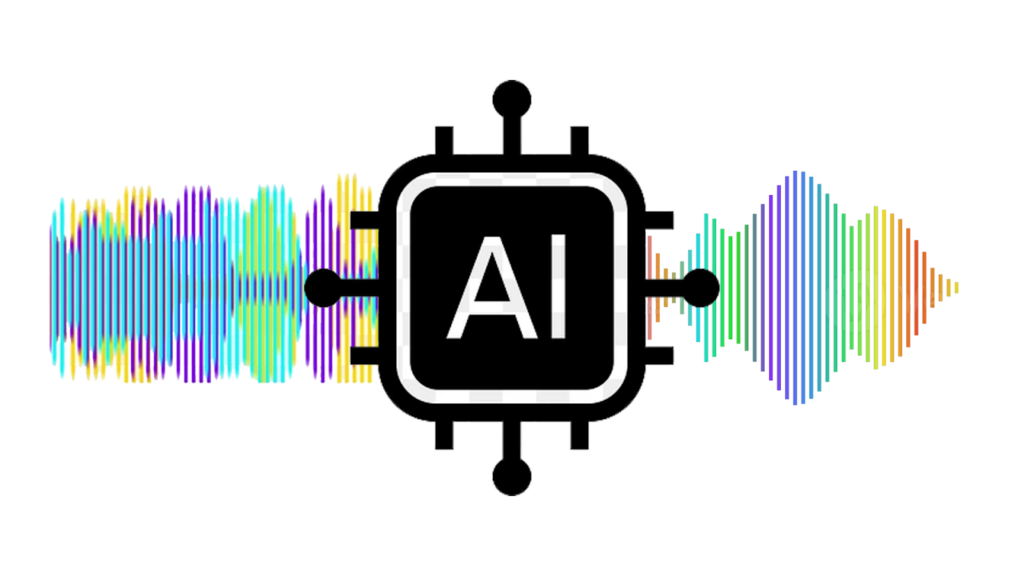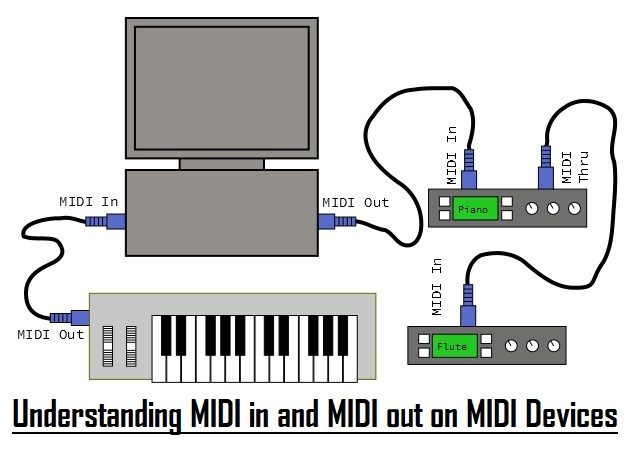Having clear and high quality audio is important in many industries, such as film making, producing music, and even online content creation. One of the most annoying problems with audio is unwanted noise and distortion.
Fortunately, AI audio cleaners emerged in the market. These services offer practical solutions to fix background noise, improve vocal clarity, and more.
Let’s take a closer look at what AI audio cleaners are, how they work, and what features they offer.
AI Audio Cleaner Explained!
Basically, AI audio cleaners are automated systems that leverage artificial intelligence to process and enhance audio recordings. Instead of editing audio files manually, AI audio cleaners can remove unwanted noise, improve clarity, and isolate specific sound elements with just a single button press.
How AI Audio Cleaners Work?

AI audio cleaners employ various algorithms and machine learning to analyze audio signals, segment them into components, and apply filters and enhancements.
- Signal Processing – most AI audio cleaners start by breaking down your audio file to separate voice, background noise, music, and other elements in the recording.
- Feature Extraction – the AI will then extract various components from the audio file, including amplitude levels, frequency and temporal patterns, spectral properties, and more.
- Machine Learning – neural networks are used to learn patterns and identify relationships between extracted features to have some accuracy once enhancements are applied.
- Noise Reduction – the AI will identify noise components in the audio recording and apply noise reduction techniques, like adaptive filtering and deep learning denoising to suppress or eliminate unwanted noise.
- Voice Enhancement – when specified by the user, AI audio cleaners can enhance vocal clarity by amplifying speech frequencies and reducing competing sounds.
- Sound Isolation – AI audio cleaners can also isolate specific elements in the recording, such as separating background music from vocals or isolating a specific instrument.
- Post-Processing & Output – after applying enhancements, the AI audio cleaner may apply post-processing techniques to refine the output, including equalization, dynamic range compression, and spatial audio. The final output is exported in the format specified by the user.
Key Features to Look For

- Noise Reduction – without noise reduction an AI audio cleaner can’t be called what it is since it’s the most important part of the service. Make sure that the service you choose can effectively isolate and remove background noise from the music and vocals.
- Voice Enhancements – having an AI audio cleaner that can automatically improve vocal clarity will help you produce content faster, eliminating the need for manually enhancement of mid-range and vocal frequencies in audio.
- Sound Isolation – ensure the AI audio cleaner supports sound isolation. This would allow you to separate music from vocals, isolate a specific instrument, or remove other people that can be heard from the background.
- Batch Processing – AI audio cleaners that can process multiple audio files at once can save you time in production.
- File Format Support – make sure the AI audio cleaner supports the audio files you use for production.
Choosing the Right AI Audio Cleaner
When picking out the right AI audio cleaner for you, it’s important to consider several factors to ensure it meets your needs and requirements.
Purpose
Before anything, identify where you’ll use the audio cleaner. Whether it’s for making vlogs, producing films, podcasting, or transcribing, since AI audio cleaners excel in specific niches and fields. Knowing where you’ll use it will help you align your needs to features offered by AI audio cleaners.
Ease of Use
Having an AI audio cleaner that is complex to use defeats the purpose of having one. Make sure that the software you’ll get has a user-friendly interface and simple controls, allowing you to process audio in a few steps or a single button press.
Price
Evaluate the plans offered by AI audio cleaners and select one that fits your budget and offers the most features. Some services even offer free or trial versions, which allows you to gauge the AI audio cleaner’s performance before paying for the service.
User Reviews
Look through forums, community pages, or review articles about the service to gauge its reliability, effectiveness, and overall user experience. You can also consider recommendations by colleagues and industry professionals before making a decision.
How to Use AI Audio Cleaners
- Download and install the AI audio cleaner of your choice. If your AI audio cleaner is an online service, then you don’t need to install anything. For this guide, I’ll be using LALAL.AI.

- Open the AI audio cleaner.
- Import the audio file you want to process.
- Select the feature or enhancement you want to do with your audio.

- Review the preview provided by the AI audio cleaner.

- Make the necessary adjustments like adding enhancements to improve output quality.
- Once you’re satisfied, process the entire file and export it in your desired format.
Tips for Better Results
- Always use original recordings whenever possible. If not, use high-quality audio formats for the best results. Clean, well-recorded audio provides solid references for AI audio cleaners to work with, allowing it to distinguish and isolate audio components better.
- Try using different settings and parameters within the AI audio cleaner to get the best results. Adjust sound volume, noise reduction levels, voice enhancement features, and other settings to find the right audio balance for your needs.
- Always manage your expectations. Although AI audio cleaners can improve audio quality, they can’t perform miracles on extremely poor recordings. The best they can do in these cases is to make the recording bearable to listen to.
- Take advantage of the preview feature before processing an entire audio to have some idea of what the output would sound. This will save you the time of processing an entire audio only to delete it due to subpar results.
- Keep your AI audio cleaner updated, so you receive the latest fixes, audio processing features, and enhancements.
While advanced tools like AI Audio Cleaners significantly enhance your audio quality in post-production, starting with crystal-clear source audio remains essential. A quality wireless lavalier microphone helps you capture crisp voices right from the start, ensuring the best results when combined with AI audio-cleaning technology.
FAQs
Can AI Audio Cleaners remove all types of noise?
Although AI audio cleaners are extremely effective in reducing common noise sources, they have limitations with more complex noise patterns.
Is it possible to separate voice from music perfectly?
This depends on the capabilities of the AI audio cleaner you’re using. Most services can effectively separate music from voice, but you might still hear a slight hum or voice when you export isolated music. Moreover, the complexity of the audio recording and processing power of your device can also affect the output quality.
How long does it take to clean an audio file?
The processing time depends on the length of the audio recording, the complexity of the audio, and the processing capabilities of your computer. In general, smaller audio files can be cleaned in 2-3 minutes.
Are AI audio cleaners expensive?
The cost of AI audio cleaners vary depending on the provider, features it offers, and licensing options. Some software offer audio processing for free, while others require monthly subscriptions or one-time purchase.
Can I use AI audio cleaners for live streaming?
AI audio cleaners are designed for post-production processing. However, some services offer real-time audio processing that is suitable for live streaming applications.
Do AI audio cleaners work on any audio format?
Many AI audio cleaners support a wide range of audio files, including MP3, WAV, and FLAC. However, compatibility and support still depend on the software provider.
Is using an AI audio cleaner difficult for a beginner?
No. Many AI audio cleaners feature simple user interfaces with intuitive controls for ease of use. Some even use drag and drop controls, and one-click processing for beginners and non technical users.
Can I test an AI audio cleaner before purchasing?
Yes. Some AI audio cleaners offer free trial versions, allowing potential customers to test out their software before spending money for the actual service.

































.png)








